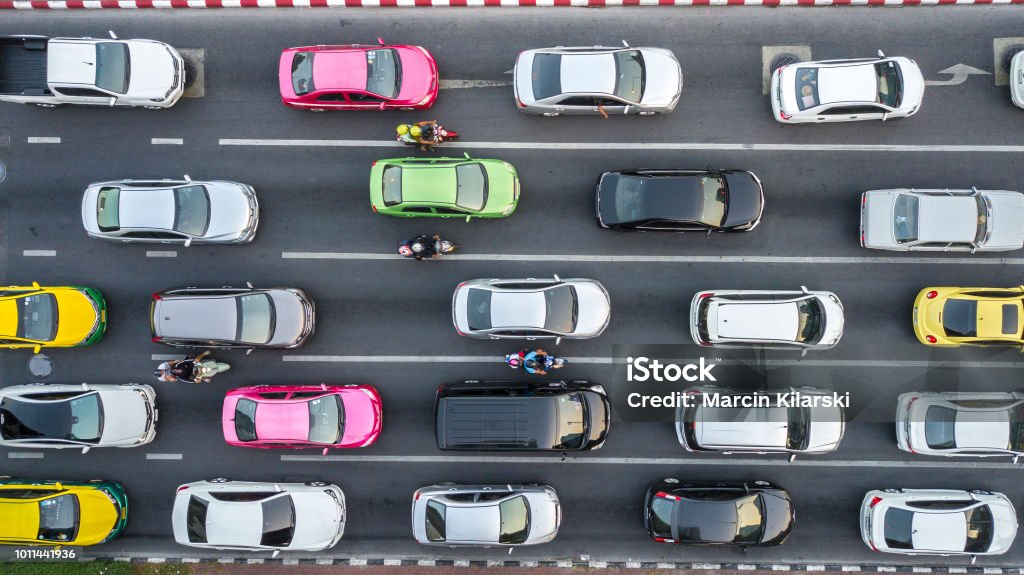Surviving Austin Traffic: Safety Tips for Peak Commute Hours
Austin Traffic is known for its vibrant culture, booming tech industry, and lively music scene. But it’s also notorious for one thing many locals dread—traffic congestion during peak commute hours. Whether you’re driving to work, school, or heading home, navigating Austin’s busy roads can be stressful and dangerous if you’re not prepared.
In this article, we’ll share practical and proven safety tips for surviving Austin traffic during rush hour, helping you protect yourself, your passengers, and others on the road. With these strategies, you can reduce your risk of accidents and make your daily commute smoother.
Why Austin Traffic Can Be Challenging
Austin’s rapid growth has led to increased vehicle volume on its highways and surface streets. Key factors contributing to traffic woes include:
-
Expanding population and job market growth
-
Limited highway infrastructure compared to demand
-
Construction projects causing lane closures and detours
-
Drivers unfamiliar with Austin roads
-
Aggressive or distracted driving behavior
According to the Texas Department of Transportation, Austin ranks among the top metro areas in Texas for traffic congestion and accidents during peak hours. Being extra cautious and adopting safe driving habits is essential.
Peak Commute Hours in Austin Traffic
Generally, Austin’s busiest traffic periods are:
-
Morning: 7 AM to 9 AM
-
Evening: 4 PM to 7 PM
During these times, highways like I-35, MoPac (Loop 1), US-183, and parts of SH-71 experience heavy traffic, causing slowdowns, stop-and-go conditions, and frustrated drivers.
Safety Tips for Navigating Austin’s Rush Hour Traffic
1. Plan Your Route Ahead of Time
Before hitting the road, use apps like Google Maps, Waze, or Apple Maps to check live traffic conditions and find alternative routes. Leaving earlier or later than peak times can save you from the worst congestion.
2. Maintain a Safe Following Distance
Tailgating is one of the leading causes of rear-end collisions during heavy traffic. Keep at least a 3-second following distance between you and the car ahead to allow enough reaction time if traffic suddenly stops.
3. Avoid Distracted Driving
Distracted driving is especially dangerous in stop-and-go traffic. Avoid texting, eating, or fiddling with the radio. Stay focused on the road and on what other drivers are doing.
4. Use Your Turn Signals Early
Many Austin drivers complain about others not signaling lane changes. Using your turn signals well in advance helps prevent accidents and road rage incidents.
5. Stay Calm and Patient
Rush hour traffic can be frustrating, but aggressive driving—speeding, weaving between lanes, or road rage—only increases crash risks. Practice patience and keep your cool.
6. Watch for Motorcycles and Bicyclists
Austin is a bike-friendly city, and motorcycles are common on the roads. Always check your blind spots and be extra cautious around two-wheelers, especially in congested areas.
7. Use Headlights and Stay Visible
In rainy weather or low-light conditions, use your headlights to stay visible. Don’t forget to turn off high beams when behind other vehicles.
8. Avoid Sudden Lane Changes
Try to choose your lane early and stick with it. Sudden swerves can confuse other drivers and cause collisions.
9. Be Prepared for Construction Zones
Austin has ongoing roadwork that can cause sudden lane drops or detours. Slow down in construction zones and obey posted signs.
10. Keep Your Vehicle Well Maintained
A vehicle breakdown during rush hour can cause traffic jams and safety hazards. Regularly check your brakes, tires, lights, and engine health.
What To Do If You’re Involved in a Traffic Accident
Despite your best efforts, accidents can happen—especially in heavy traffic. If you’re involved in a crash, stay calm and follow these steps:
-
Check for injuries: Call 911 if anyone is hurt.
-
Move to safety: If possible, move vehicles out of traffic to avoid further collisions.
-
Exchange information: Get the other driver’s name, contact, insurance, and vehicle info.
-
Document the scene: Take photos of damage, license plates, and the surrounding area.
-
Report the accident: Contact the police for an official report and notify your insurance company.
Having a knowledgeable personal injury attorney can be vital if you face injuries or disputes about fault.
Additional Resources for Austin Drivers
-
Texas Department of Transportation (TxDOT): Offers traffic alerts and road construction updates.
-
Austin Transportation Department: Local info on traffic safety initiatives.
-
DriveSafeTexas: Tips and educational programs for Texas drivers.
Final Thoughts: Safety Is Everyone’s Responsibility
Surviving Austin traffic during peak commute hours requires preparation, awareness, and patience. By following these safety tips, you reduce your risk of accidents and help create a safer environment for all road users.
Remember, every driver plays a part in making Austin’s roads safer. Be a courteous and responsible driver—your actions can save lives.

